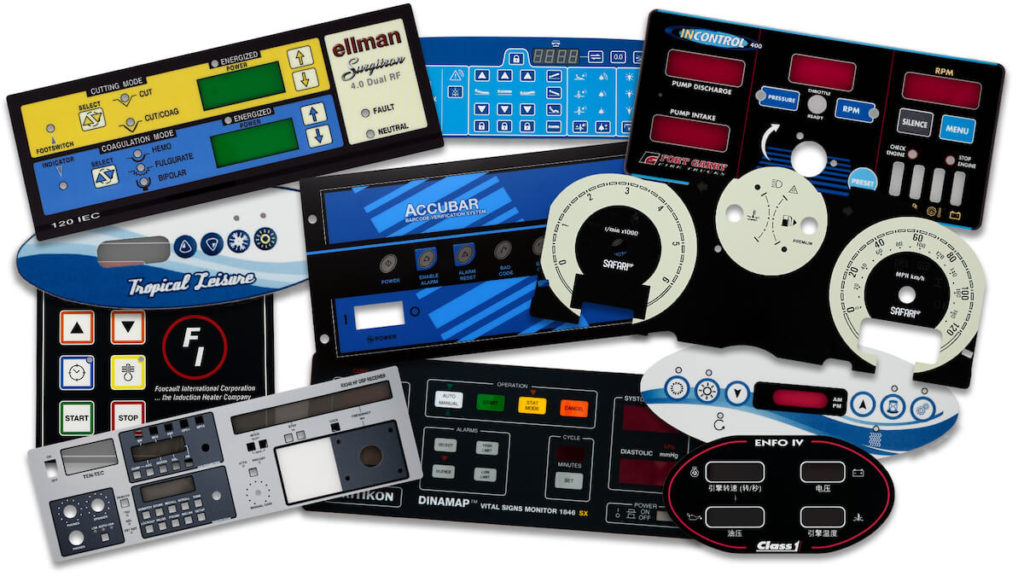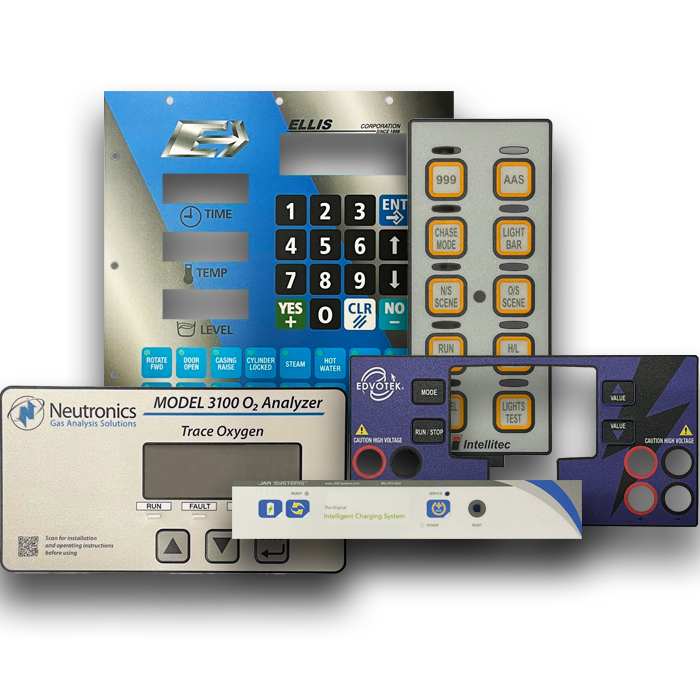Recognizing How Graphic Overlays Job to Boost Your Imaginative Jobs
Graphic overlays offer as an essential element in the world of imaginative tasks, enhancing both aesthetic communication and target market engagement. The successful combination of these overlays calls for mindful consideration of style principles and purposes.
What Are Graphic Overlays?
Graphic overlays are visual aspects that are placed on top of a base picture or interface to improve interaction and customer experience. They offer different purposes, consisting of giving added information, assisting user communication, and improving aesthetic appeal. Common applications of graphic overlays can be discovered in electronic interfaces, advertising and marketing, and instructional products.

Graphic overlays are typically developed making use of style software application, enabling developers to manipulate shade, size, and openness to accomplish the desired effect. They can be static or vibrant, with computer animations that attract the visitor's eye and boost interaction. The tactical use graphic overlays not only improves aesthetic hierarchy yet also aids in delivering a meaningful and clear message. As such, comprehending exactly how to efficiently carry out visuals overlays is important for designers intending to raise their innovative projects.

Benefits of Making Use Of Graphic Overlays
Utilizing graphic overlays can considerably enhance the efficiency of visual interaction throughout numerous mediums. One of the main benefits is the capability to communicate complex info succinctly. By layering graphics, text, and pictures, overlays assist in the discussion of data in a much more digestible style, making it much easier for target markets to realize crucial ideas promptly.
Moreover, visuals overlays can improve aesthetic charm, attracting attention to particular aspects within a layout. This is specifically useful in marketing and marketing, where capturing the visitor's rate of interest is critical. The calculated usage of colors, forms, and typography in overlays can create a appealing and cohesive visual story, boosting brand acknowledgment.
In addition, visuals overlays supply flexibility in style. They enable developers to adapt content for various platforms without going back to square one, ensuring consistency across different networks. This flexibility is critical in today's digital landscape, where web content should be maximized for diverse devices and formats.
Kinds Of Graphic Overlays
When thinking about the various kinds of visuals overlays, it is necessary to recognize their diverse applications throughout different industries. Graphic overlays can be classified primarily into three kinds: useful, ornamental, and informational.
Functional overlays are developed to enhance the use of an item. Generally discovered in digital devices, these overlays often supply responsive feedback with elevated buttons or distinctive surface areas, enhancing user communication. They can additionally work as a safety layer, safeguarding the underlying parts from damage.
Decorative overlays concentrate on aesthetic enhancement, permitting brands to share their identity with dynamic layouts and custom graphics. These overlays prevail in packaging, marketing, and point-of-sale materials, where aesthetic charm is vital for drawing in customers.
Informative overlays, on the other hand, are made use of this link to share essential information or guidelines. They can be seen in applications such as signage, customer handbooks, and training graphics, where clearness and readability are critical.
Each sort of visuals overlay offers an one-of-a-kind function, adding to the general efficiency of imaginative projects while resolving certain demands within numerous industries. Understanding these distinctions is vital for choosing the right overlay for your project.
Finest Practices for Implementation
To ensure the successful implementation of visuals overlays, it is vital to establish a clear understanding of the task's purposes and the certain needs of the end-users. Begin by performing complete study to identify the target market and their preferences, as this will certainly inform layout choices and performance.
Following, create a thorough strategy that details the overlay's assimilation, design, and function process. This plan must include interface considerations, making sure that overlays enhance as opposed to obstruct the individual experience - Graphic Overlays. Maintain and consider the visual pecking order uniformity in layout elements, such as color plans, symbols, and font styles, to advertise brand comprehensibility
Checking is crucial; gather responses from a depictive example of users to recognize prospective issues and areas for improvement. Iterate on the style based on customer input and efficiency data. In addition, guarantee compatibility across different devices and systems to take full advantage of access.
Tools for Developing Overlays
Creating efficient graphic overlays calls for the right tools to equate layout principles into functional applications. Different software application and platforms are readily available, each tailored to details needs and skill degrees.
Adobe Photoshop and Illustrator are sector criteria, supplying comprehensive capabilities for developing and manipulating overlays. These tools supply innovative features such as layer management, mixing modes, and vector graphics, enabling developers to develop high-quality and elaborate overlays.
For those looking for a much more straightforward method, Canva and Figma are excellent alternatives (Graphic Overlays). Canva's instinctive interface permits individuals to develop overlays promptly making use of pre-designed layouts, while Figma promotes joint design in real-time, making it optimal for teams
Furthermore, open-source alternatives like GIMP and Inkscape supply durable performances without the associated prices of exclusive software. These devices enable flexibility in style and can suit different documents formats, ensuring compatibility across various platforms.

Final Thought
In final thought, graphic overlays act as powerful devices for see improving imaginative jobs by offering aesthetic quality, aesthetic charm, and brand name uniformity. Their official source varied applications, varying from practical to decorative, underscore their adaptability in interaction. Abiding by best methods and using proper devices guarantees efficient application and takes full advantage of the influence of overlays. By understanding the basic principles and benefits connected with visuals overlays, designers can considerably improve the high quality and performance of their visual interactions.
Graphic overlays offer as an essential part in the realm of creative jobs, boosting both visual communication and audience engagement.Graphic overlays are often developed utilizing layout software program, allowing designers to adjust openness, dimension, and shade to attain the wanted result.Additionally, graphic overlays can boost aesthetic charm, attracting focus to details elements within a style.In addition, visuals overlays offer adaptability in design.In final thought, visuals overlays offer as effective tools for enhancing creative jobs by offering aesthetic clarity, aesthetic appeal, and brand consistency.